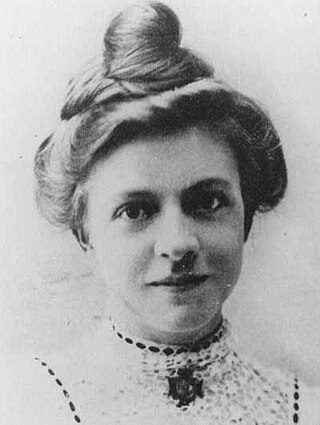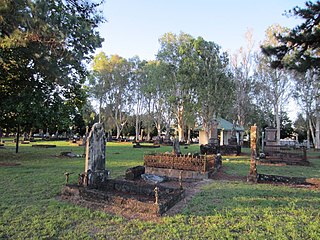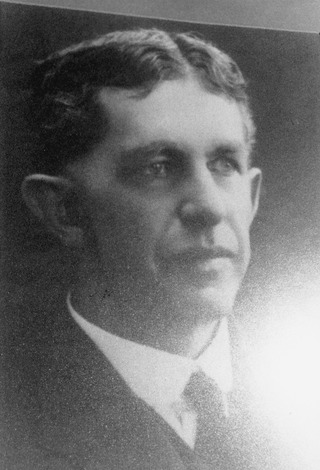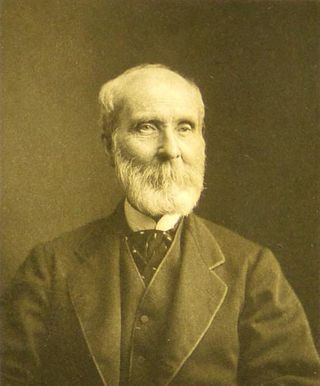
Sir Ronald Ross was a British medical doctor who received the Nobel Prize for Physiology or Medicine in 1902 for his work on the transmission of malaria, becoming the first British Nobel laureate, and the first born outside Europe. His discovery of the malarial parasite in the gastrointestinal tract of a mosquito in 1897 proved that malaria was transmitted by mosquitoes, and laid the foundation for the method of combating the disease.

Walter Reed was a U.S. Army physician who in 1901 led the team that confirmed the theory of Cuban doctor Carlos Finlay that yellow fever is transmitted by a particular mosquito species rather than by direct contact. This insight gave impetus to the new fields of epidemiology and biomedicine, and most immediately allowed the resumption and completion of work on the Panama Canal (1904–1914) by the United States. Reed followed work started by Finlay and directed by George Miller Sternberg, who has been called the "first U.S. bacteriologist".

Brigadier General George Miller Sternberg was a U.S. Army physician who is considered the first American bacteriologist, having written Manual of Bacteriology (1892). After he survived typhoid and yellow fever, Sternberg documented the cause of malaria (1881), discovered the cause of lobar pneumonia (1881), and confirmed the roles of the bacilli of tuberculosis and typhoid fever (1886).

William Crawford Gorgas KCMG was a United States Army physician and 22nd Surgeon General of the U.S. Army (1914–1918). He is best known for his work in Florida, Havana and at the Panama Canal in abating the transmission of yellow fever and malaria by controlling the mosquitoes that carry these diseases, for which he used the discoveries made by the Cuban doctor Carlos J. Finlay. At first, Finlay's strategy was greeted with considerable skepticism and opposition to such hygiene measures. However, the measures Gorgas put into practice as the head of the Panama Canal Zone Sanitation Commission saved thousands of lives and contributed to the success of the canal's construction.

Jesse William Lazear was an American physician, best known for deliberately allowing a mosquito to bite him to prove it was how yellow fever was transmitted. His hypothesis was correct and he died 17 days after the transmission.

Clara Louise Maass was an American nurse who died as a result of volunteering for medical experiments to study yellow fever.

Sir Neil Hamilton Fairley was an Australian physician, medical scientist, and army officer who was instrumental in saving thousands of Allied lives from malaria and other diseases.

Major James Carroll was a US Army physician.

The history of malaria extends from its prehistoric origin as a zoonotic disease in the primates of Africa through to the 21st century. A widespread and potentially lethal human infectious disease, at its peak malaria infested every continent except Antarctica. Its prevention and treatment have been targeted in science and medicine for hundreds of years. Since the discovery of the Plasmodium parasites which cause it, research attention has focused on their biology as well as that of the mosquitoes which transmit the parasites.
Warburg's tincture was a pharmaceutical drug, now obsolete. It was invented in 1834 by Dr. Carl Warburg.

Deputy Surgeon-General John Small was a British Army officer, physician, and early advocate for the use of large doses of quinine to treat malaria.

Mosquito-malaria theory was a scientific theory developed in the latter half of the 19th century that solved the question of how malaria was transmitted. The theory proposed that malaria was transmitted by mosquitoes, in opposition to the centuries-old medical dogma that malaria was due to bad air, or miasma. The first scientific idea was postulated in 1851 by Charles E. Johnson, who argued that miasma had no direct relationship with malaria. Although Johnson's hypothesis was forgotten, the arrival and validation of the germ theory of diseases in the late 19th century began to shed new lights. When Charles Louis Alphonse Laveran discovered that malaria was caused by a protozoan parasite in 1880, the miasma theory began to subside.

Corrado Tommasi-Crudeli was an Italian physician known for his works in pathology and hygiene. He studied for his medical degree at the University of Pisa. He was trained in pathology under the German pathologist Rudolf Virchow. He worked in medical services at Florence, Palermo, and Rome. He was Chair of Pathology at the Sapienza University of Rome. He was known to the public for his service during cholera outbreak and in establishing hospitals, particularly the Institute for Experimental Hygiene in Rome. He was elected to Italian Senate during 1892–1893. He, with Edwin Klebs, discovered that typhoid and diphtheria were caused by bacteria. However, they made a mistake in declaring that a bacterium was also responsible for malaria.

McLeod Street Pioneer Cemetery is a heritage-listed cemetery at 127–145 McLeod Street, Cairns North, Cairns Region, Queensland, Australia. It was built from 1877 to 1954. It is also known as Cairns General Cemetery and Cairns Pioneer Cemetery. It was added to the Queensland Heritage Register on 21 October 1992.

Elizabeth Nesta "Pat" Marks was an Australian entomologist who described 38 new mosquito species, as well as new species of fruit flies, bugs, cockroaches and ticks. She had a PhD in insect physiology from the University of Cambridge and was a member of the Royal Entomological Society of London.

Australian Institute of Tropical Medicine Building is a heritage-listed laboratory at Clifton Street, Townsville CBD, City of Townsville, Queensland, Australia. It was built from c. 1912 to 1913. It is also known as Anton Breinl Centre and James Cook University Department of Public Health and Tropical Medicine Building. It was added to the Queensland Heritage Register on 21 October 1992.

Anton Breinl was a medical practitioner and medical researcher, who established the Australian Institute of Tropical Medicine in Townsville, Queensland, Australia.

Dr EA Koch Memorial is a heritage-listed memorial at Abbot Street, Cairns City, Cairns, Cairns Region, Queensland, Australia. It was designed by Melrose & Fenwick and built in 1903. It was added to the Queensland Heritage Register on 27 May 1997.

Edward Hare was an English surgeon and writer. He served as Director-General of Hospitals in Bengal, India. Hare is best known for his medical work in using quinine for treatment of malaria fevers. He was also a vegetarianism activist.

Malaria was a common affliction in populations that lived beside the River Thames until the middle of the Victorian era, not only in its estuary, but even in central London. It was frequently lethal. Some cases continued to occur until early in the 20th century. Why malaria died out in England is rather unclear.




















